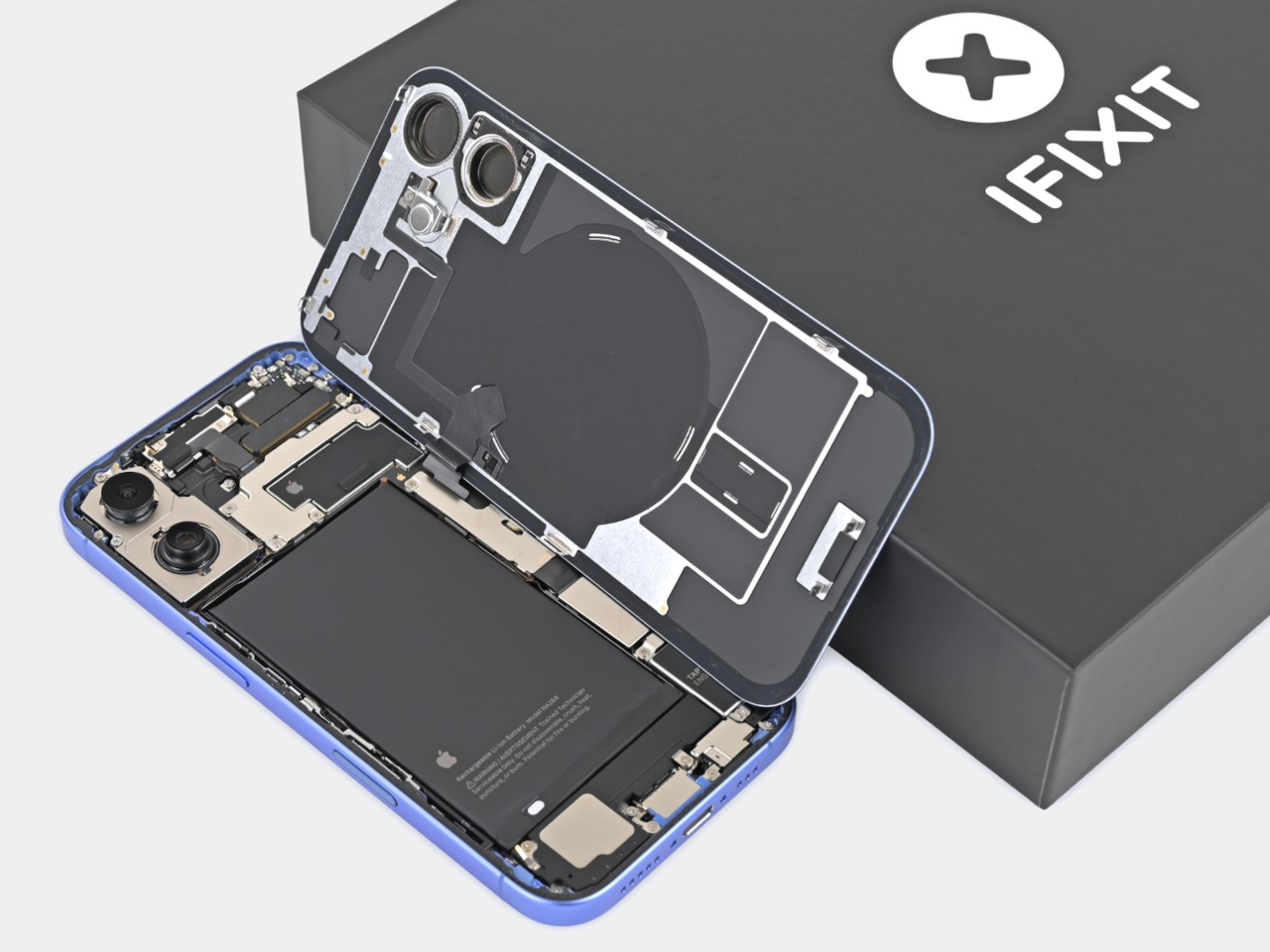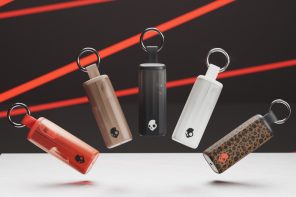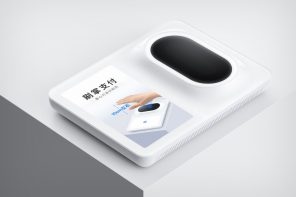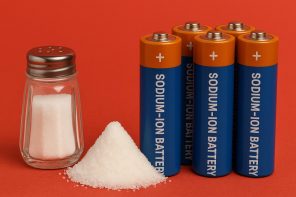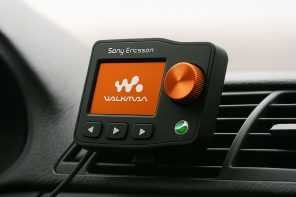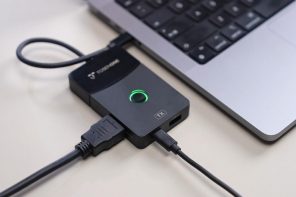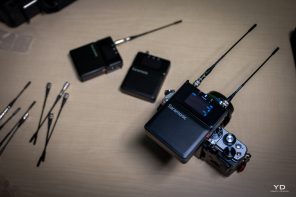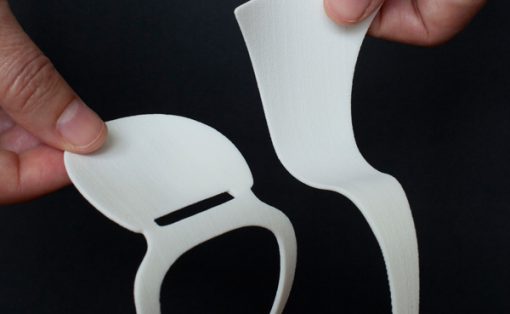Today’s smartphones may be more advanced and more powerful than ever, but they still suffer from the same ailments that their ancestors experienced more than two decades ago. Screens get cracked, charging ports get worn down, and batteries die. Unlike the mobile phones of the past, however, the complex designs of modern smartphones make it impossible to even just replace a bloated or dying battery. Of course, companies have always defended this practice as protecting their brand and their intellectual property, but thankfully they’ve started turning around, and Apple just made what is perhaps the biggest step in that direction, short of simply letting owners pop off the iPhone 16’s back, pop out the old battery, and pop in a new one.
Designer: Apple (via iFixit)
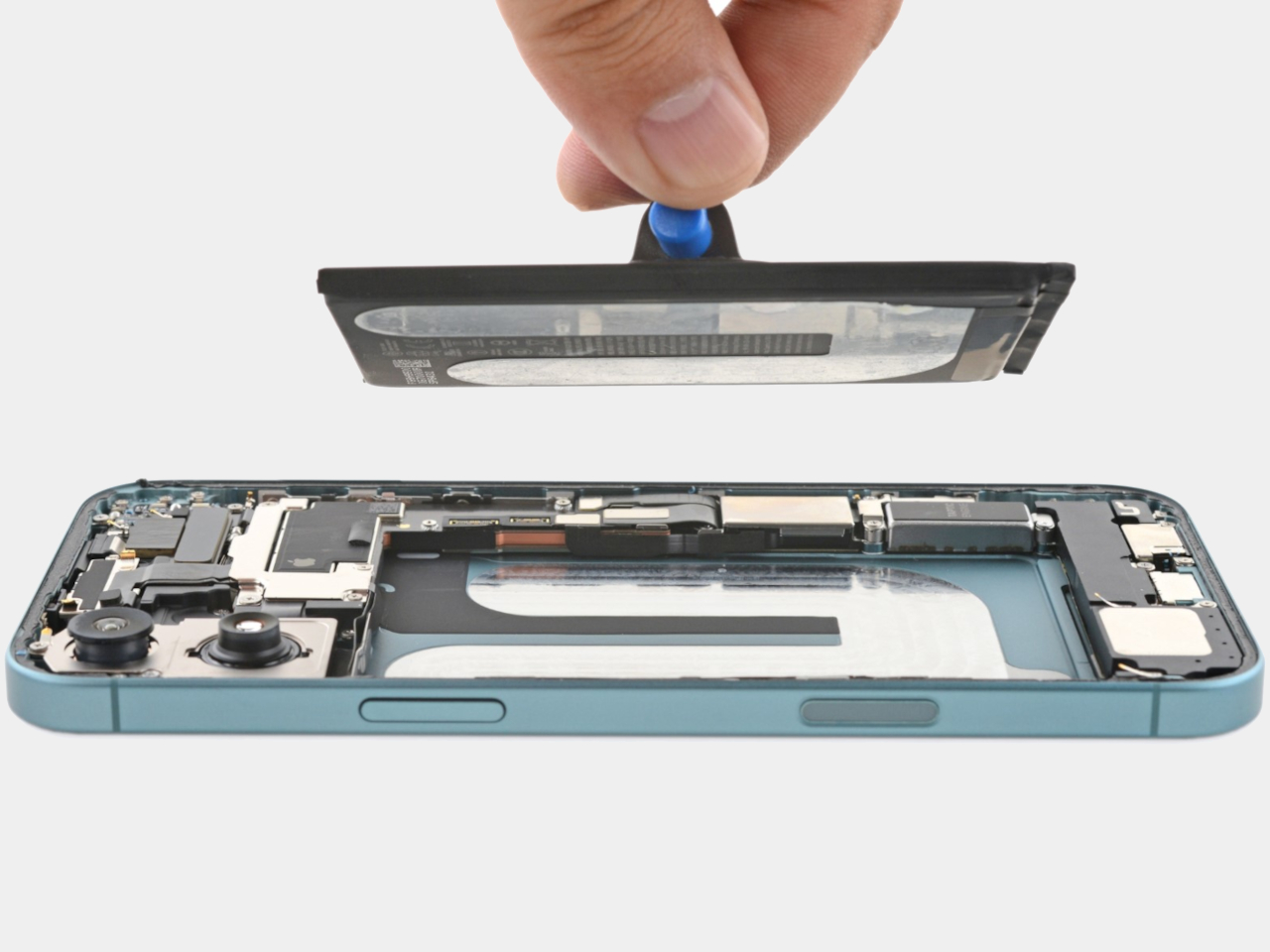
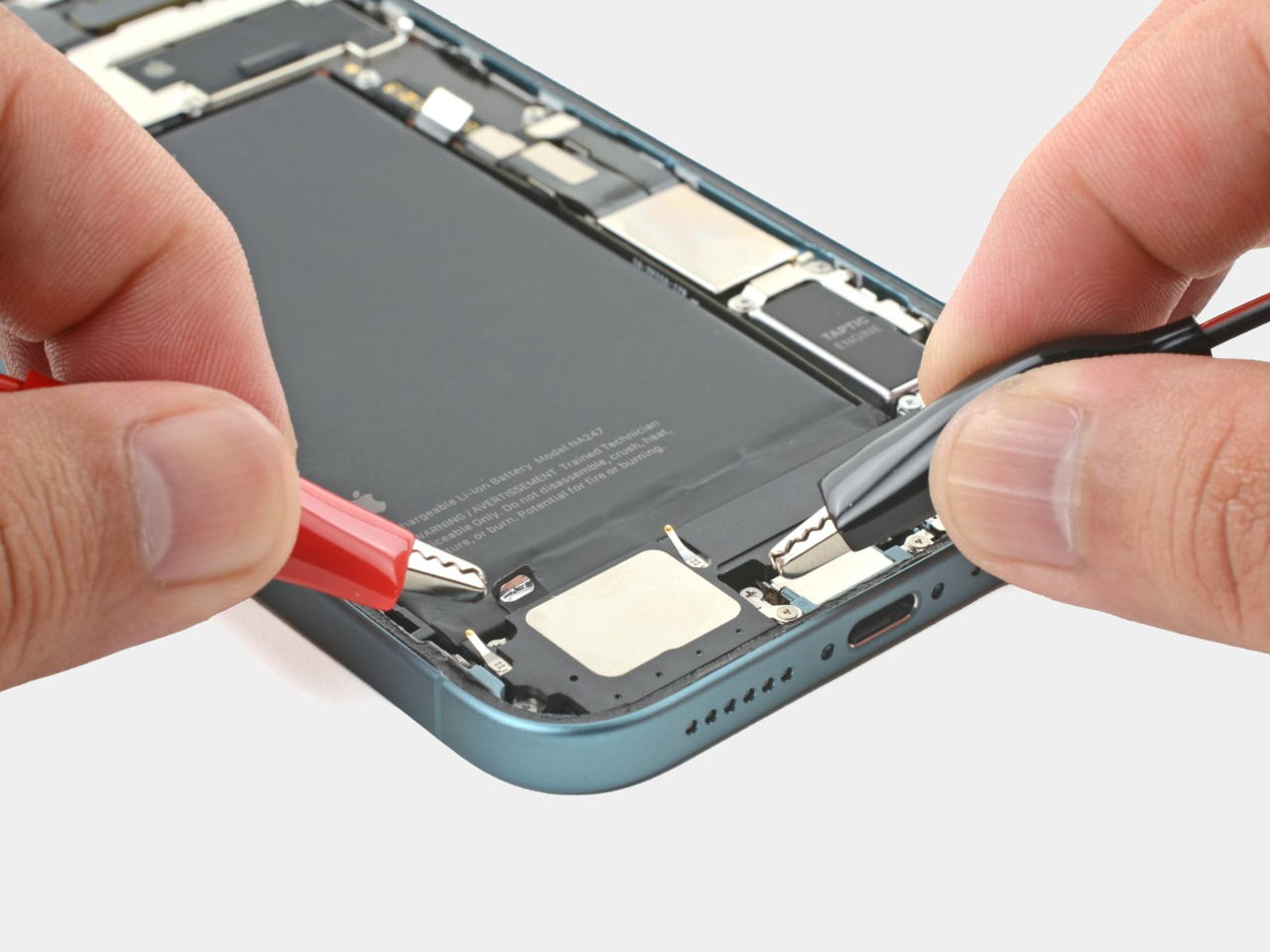
The new “feature” that has the Internet abuzz involves the removable of those unwieldy “pull tabs” that doubled the work since you’d often still have to resort to some isopropyl alcohol at the end of the process. Instead, Apple’s new adhesive can dissolve under low electrical current, which means you can hook up the back of the exposed iPhone 16 or 16 Plus to an ordinary 9V battery and have that adhesive go away in a minute and a half. The voltage actually determines the length of waiting, and iFixit’s test showed that a 20V charge would have the battery ready to be removed in just 20 seconds.

This makes battery replacement significantly easier and less error-prone, though you’ll still have to do some alcohol cleanup to completely remove adhesive residue before installing a new battery. Considering batteries are one of the first things on a smartphone to die from natural wear and tear, they are also the most common parts that need to be repaired or replaced. This major improvement in repairability also improves the iPhone 16’s overall sustainability, as it reduces CO2 emissions in the long run.
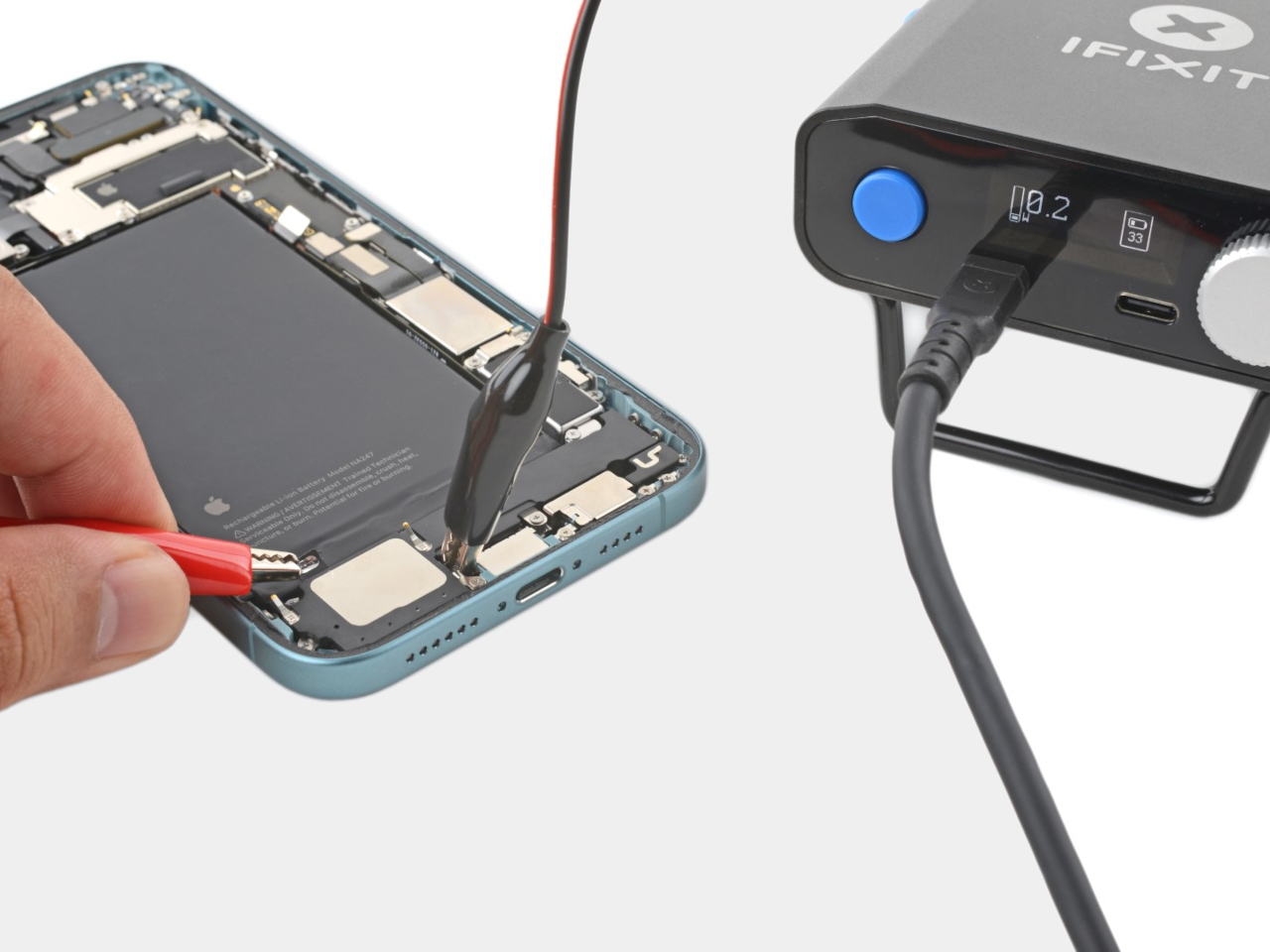
The catch is that this groundbreaking adhesive is only available on the iPhone 16 and iPhone 16 Plus. The more advanced Pro models, ironically, still use the pull tab system, but Apple did make a little change to make that process less nerve-wracking. The shells of these batteries are now made of hard steel instead of soft pouches, so the chances of accidentally puncturing these sensitive and volatile batteries are now lower, which is very important since you’ll still need to pry them off without that magical dissolving adhesive.
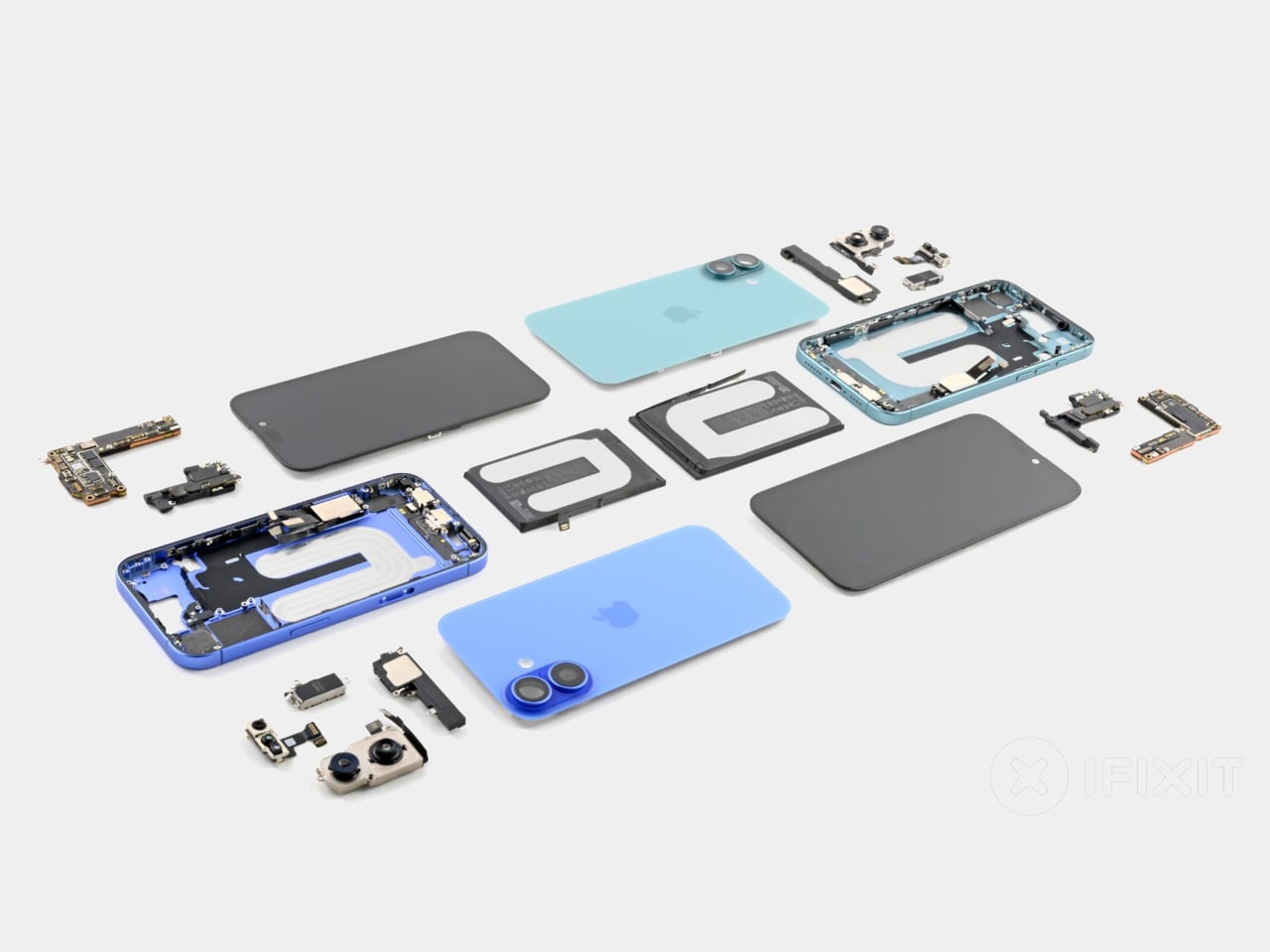
The rest of the iPhone 16 teardown is pretty uneventful, which also means that Apple has retained its improved DIY repair experience this year. This helped the iPhone 16 garner a 7 out of 10 on iFixit’s repairability scale, which is pretty high for a “regular” smartphone that doesn’t promote the same kind of repairability and sustainability as the Fairphone. Hopefully, this new material will eventually land on the iPhone Pro models next year, becoming a major sustainability feature of all iPhones moving forward.
